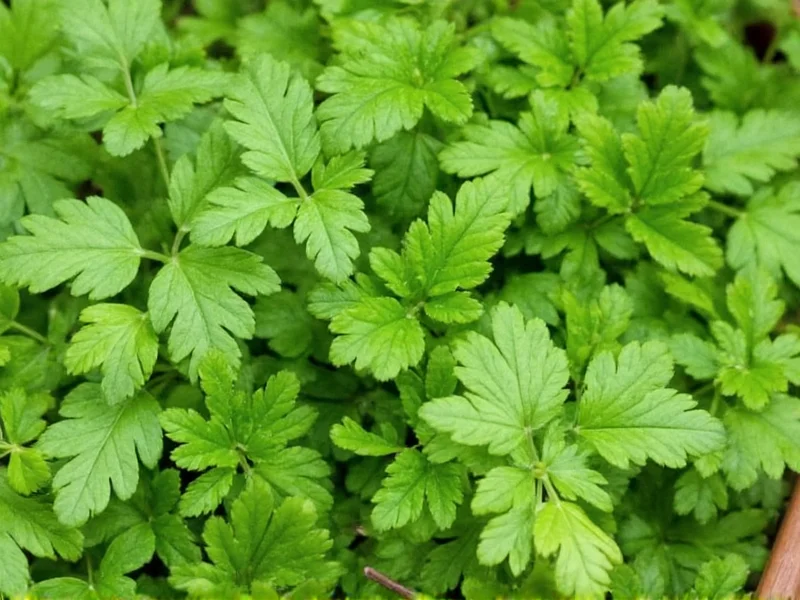The best substitutes for fresh coriander (cilantro) are parsley for mild replacement, culantro for similar flavor profile, or a combination of basil and mint for Southeast Asian dishes. For coriander seeds, cumin provides earthiness while caraway offers a comparable citrus note. The ideal replacement depends on your specific recipe—Mexican dishes work well with extra lime and parsley, while Indian curries can use curry leaves or a touch of garam masala.
When you're mid-recipe and realize you're out of coriander, knowing the right substitute can save your dish. Whether you need fresh cilantro replacement or alternatives for ground coriander seeds, understanding flavor profiles is key to maintaining your recipe's integrity. This guide provides practical, tested solutions based on culinary science and professional chef recommendations.
Understanding Coriander's Unique Flavor Profile
Coriander (known as cilantro when referring to the fresh leaves) offers a distinctive citrusy, slightly peppery flavor with herbal notes. The seeds have a warmer, nuttier profile with lemon undertones. Successful substitution requires matching either the fresh herb's bright quality or the seed's earthy warmth, depending on your recipe's needs.
Best Fresh Coriander (Cilantro) Substitutes by Cuisine
Not all substitutes work equally well across different cuisines. The chemistry of flavors means some replacements excel in specific culinary contexts:
| Substitute | Flavor Profile | Best For | Ratio to Replace |
|---|---|---|---|
| Parsley (flat-leaf) | Mild, grassy, slightly bitter | Mexican, Mediterranean dishes | 1:1 |
| Culantro | Stronger cilantro flavor, more pungent | Caribbean, Latin American dishes | 1:1 (use slightly less) |
| Basil + Mint (2:1 ratio) | Sweet, aromatic, with herbal notes | Thai, Vietnamese dishes | 3/4 amount of original |
| Cilantro Stems | More intense cilantro flavor | All applications | 1:1 |
| Dill + Tarragon | Earthy, anise-like notes | Middle Eastern dishes | 1:1 combined |
Detailed Substitute Options for Fresh Coriander
Parsley: The Most Accessible Alternative
Flat-leaf (Italian) parsley provides the closest visual match and a mild flavor that won't overpower dishes. While lacking coriander's citrus notes, it maintains the fresh herb element in salsas, guacamole, and garnishes. For what herb can replace cilantro in guacamole, parsley works surprisingly well when combined with extra lime juice to mimic coriander's brightness.
Culantro: The Flavor Twin
Often confused with cilantro, culantro has longer锯齿状 leaves and a more intense flavor that holds up better during cooking. This makes it ideal for coriander alternatives for Mexican food where cilantro would normally wilt. Use slightly less culantro than the recipe calls for coriander, as its flavor is stronger.
Herb Combinations for Specific Cuisines
When considering what to use instead of coriander in Thai curry, a blend of 2 parts basil to 1 part mint recreates the aromatic complexity. For Indian dishes requiring coriander, try equal parts parsley and mint with a pinch of lemon zest. These combinations address the specific flavor chemistry needed in different culinary traditions.
Substituting for Coriander Seeds
Ground coriander seeds have a warm, citrusy flavor that's harder to replace than fresh leaves. The best alternatives depend on whether you need the earthiness or the citrus component:
- Cumin: Provides earthiness (use 3/4 amount) - ideal for coriander substitute for curry
- Caraway seeds: Offers similar citrus notes (use 1:1 ratio)
- Fennel seeds: Mild anise flavor works in Mediterranean dishes
- Garam masala: For Indian recipes, use 1/2 teaspoon per teaspoon of coriander
When Substitutes Won't Work
Some dishes rely so heavily on coriander's unique chemistry that substitutes fall short. Chimichurri, certain Indian chutneys, and traditional Vietnamese pho broth lose essential character without genuine coriander. In these cases, consider modifying the recipe rather than forcing a substitution. Understanding coriander alternatives that maintain recipe authenticity prevents disappointing results.
Pro Tips for Successful Substitution
Professional chefs recommend these techniques when replacing coriander:
- Add acid (lime or lemon juice) to mimic coriander's citrus notes
- Use frozen cilantro from previous batches if available
- For dried coriander replacement, toast alternative seeds briefly to enhance flavor
- Adjust quantities gradually—taste as you go
- Consider using coriander stems which have more intense flavor than leaves
Creating Your Own Coriander Substitute Blend
For the most versatile coriander substitute without cilantro flavor, combine:
- 2 parts parsley
- 1 part mint
- 1/2 part dill
- Squeeze of lime juice
This blend works across multiple cuisines and provides the herbal freshness missing when coriander isn't available. Store-bought dried cilantro rarely delivers good results, making this fresh blend superior for how to replace fresh coriander in recipes.











 浙公网安备
33010002000092号
浙公网安备
33010002000092号 浙B2-20120091-4
浙B2-20120091-4